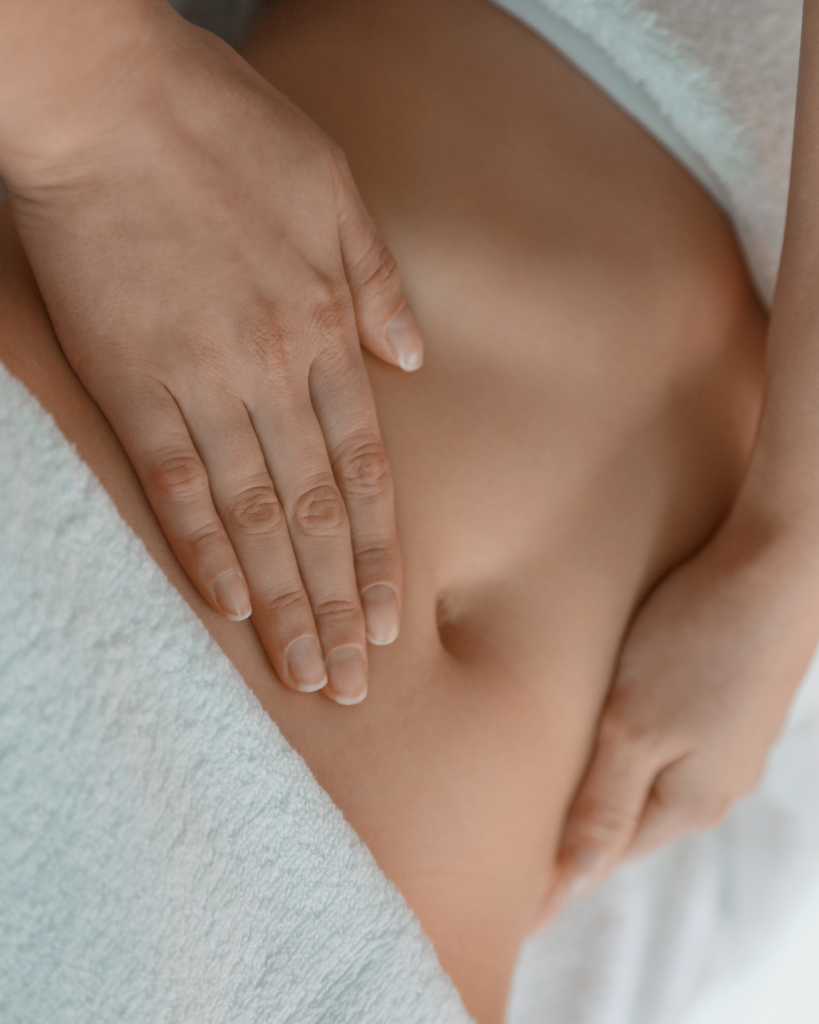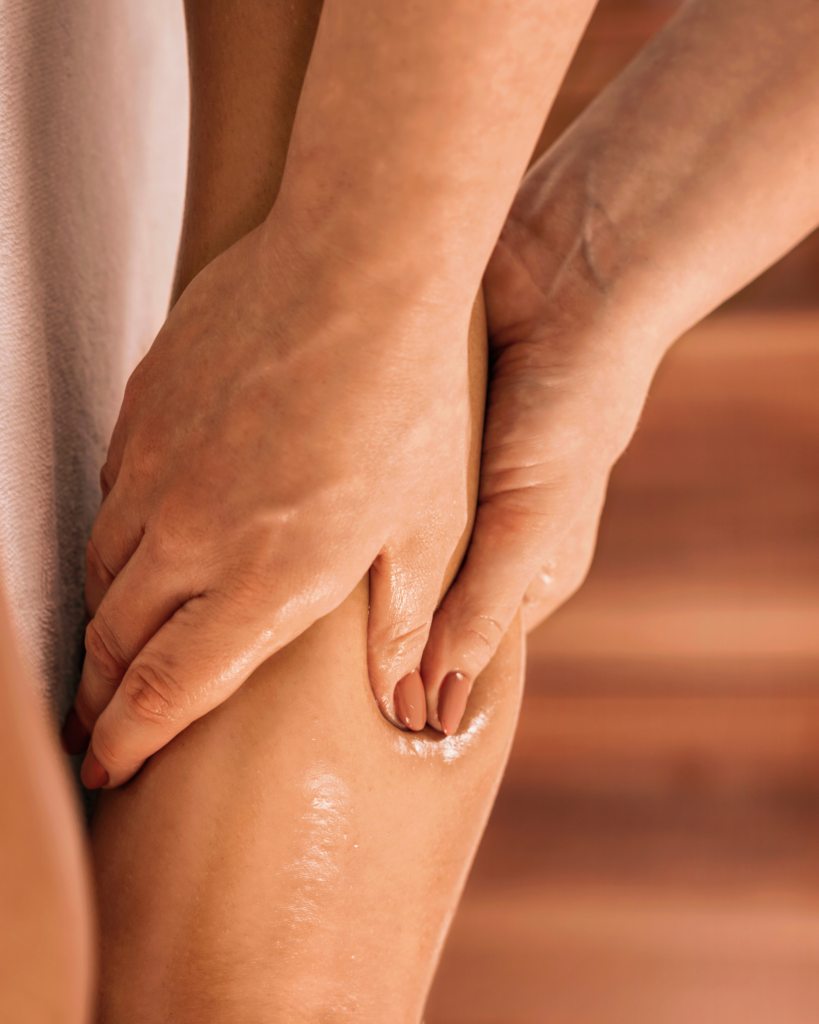Lymphatic drainage has taken the wellness world by storm. It’s all over TikTok, your skincare-obsessed friends won’t stop raving about it, and every second spa seems to offer it now. But what actually is lymphatic drainage, and is it something we genuinely need, or just another trend with a fancy name?
Let’s break it down.
What Is Lymphatic Drainage?
In short, it’s a gentle massage technique designed to stimulate the lymphatic system – the unsung hero of our immune and detox systems. Think of it as your body’s internal housekeeping service: working quietly to move waste, toxins, and excess fluid out of your tissues and toward elimination.
When the lymphatic system is functioning well, you probably won’t even notice it. But when it slows down – thanks to things like stress, illness, hormonal shifts, a sedentary lifestyle, or post-surgery recovery – you might feel puffy, sluggish, heavy, or just off.
This is where lymphatic drainage comes in. Done properly, it can support your body’s natural detox process, reduce inflammation, and leave you feeling lighter and more energised.
Do We Actually Need It?
In a healthy body, the lymphatic system typically hums along just fine. But there are times when it needs extra support – after surgery, during postpartum recovery, when you’re inflamed, bloated, or run down.
People often describe feeling instantly de-puffed, energised, and more defined after a treatment. That said, it’s important to know why you’re doing it and when it’s truly beneficial. Lymphatic drainage isn’t a miracle weight-loss fix or a detox fad – it’s a therapeutic technique that works with the body, not against it.
And it’s definitely not for everyone, all the time. If you’re currently sick or fighting off a virus, for example, lymphatic drainage isn’t recommended. Stimulating the lymphatic system when your immune system is already in overdrive can actually circulate pathogens more quickly, potentially worsening symptoms.



Technique Matters: Why Opening the Lymph Nodes First Is Crucial
Here’s something not enough people talk about: lymphatic drainage can do more harm than good if it’s not done properly.
According to Flavia Morellato, renowned lymphatic drainage therapist and a global go-to in this space, it’s essential to open the main lymphatic ducts before starting any drainage. Why? Because if those exit routes are blocked, the fluid being moved around the body can get stuck instead of flowing through efficiently. The result? Swelling, discomfort, and none of the benefits you came in for.
Proper lymphatic drainage should always begin with clearing the major nodes (think neck, underarms, and groin) to ensure smooth flow. It’s rhythmic, gentle, and specific – not aggressive or random. When done right, it supports the body’s natural ability to detox, de-bloat, and recover.
How to tell if it’s the real deal?
Not every massage with “lymphatic” in the title is created equal. Here’s how to separate the real from the gimmick:
- Technique Over Pressure: True lymphatic drainage is light, slow, and rhythmical. If you leave feeling like you’ve been kneaded like dough, it’s probably not the real thing.
- Trained Therapists Only: Look for practitioners trained in Vodder or Brazilian techniques – or those with a medical background or post-operative recovery experience.
- Realistic Expectations: Anyone promising weight loss in one session is a big red flag. Drainage may shift excess water and reduce puffiness, but it’s not a fat-loss tool.
- Beware of Upselling: Some places slap “lymphatic” onto a standard massage and double the price. If it sounds too good to be true, it probably is.
Where to Go in Dubai
There’s no shortage of spa treatments in this city – but these are the names that come up again and again for the real deal:
Amanda Miamoto and her two daughters have become the go-to home lymphatic massage therapists here in Dubai – and for good reason. With years of hands-on experience, they bring a deep understanding of the technique along with a kind, calming presence. I’ve booked them many times myself (as have plenty of friends), and every session feels both effective and nurturing. True pros—and truly lovely women.
Biolite Aesthetic Clinic – A standout for combining manual lymphatic work with cutting-edge tech like pressotherapy. Therapists here understand the importance of proper node-clearing technique, individualised treatment, and when to not proceed. If you want skilled hands and safety-first care, this is a top choice.
Final Thoughts
Lymphatic drainage isn’t a gimmick. When done correctly, and for the right reasons, it’s a powerful way to support your body’s natural detox process, boost circulation, reduce inflammation, and help you feel lighter and more balanced.
Both Harriet and I are big fans of this treatment. We’ve experienced the benefits first-hand – pre and postnatally, as well as after surgery. It’s something we return to again and again when we feel like our bodies need a little extra support.It’s not about quick fixes or unrealistic promises. It’s about working with your body, not against it – and when done properly, the results speak for themselves.
Written by Katie at The Connected Collective.